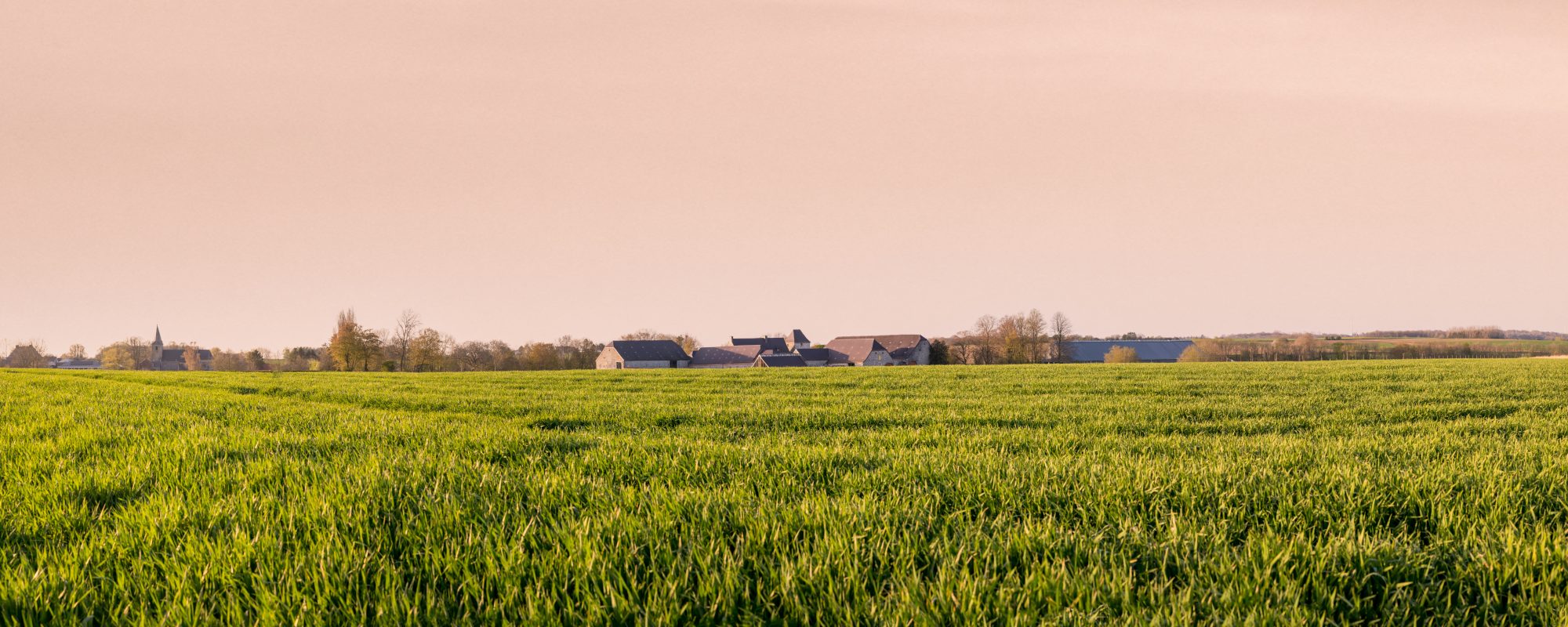Hennuyer silty plateau,Rural landscapes dedicated to field crops
The Hennuyer silt plateau is covered with vast expanses of crops and is set in the gentle undulations of a relief heralding the Flanders plains.

The Hennuyer silt plateau is covered with vast expanses of crops and is set in the gentle undulations of a relief heralding the Flanders plains.

Located in the northwest of Wallonia, the Hennuyer plateau comprises the territories of Hainaut on either side of the Haine plain. Like the other silt regions, it has a gentle and uniform relief comprising plains and low plateaus traversed by flat valleys. Only the “Pays des Collines” (Land of Hills, North-East of Tournai) is hillier.
Located in the northwest of Wallonia, the Hennuyer plateau comprises the territories of Hainaut on either side of the Haine plain. Like the other silt regions, it has a gentle and uniform relief comprising plains and low plateaus traversed by flat valleys. Only the “Pays des Collines” (Land of Hills) is hillier.
The landscape of the Hennuyer plateau is organised according to an Openfield model. The region is thus characterised by the almost exclusive presence of crops and the absence of fences around the fields. Most villages are grouped in a non-linear way without any specific arrangement and surrounded by meadows. Others are located at the bottom of more undulating valleys, shaped by the region’s waterways. Beyond this, the landscape consists of large expanses of fields punctuated by a few large, isolated farms. The woodlands areas are located on the steeper slopes with poorer quality soils. This configuration has shaped roads and paths in a star shape, leading from the village centres to the croplands or other villages.
The “Pays de Collines” has yet another type of arrangement. Like the Pays de Herve, it is organised in a bocage, a rare arrangement which is worth a visit. The meadows are surrounded by hedges, and the villages are smaller, with more scattered dwellings.
In the villages, you can observe some very characteristic architecture. The dwellings have only one dimension, often without an upper floor, not very deep, with a sloping roof. During the 19th century, the buildings were gradually raised by half a floor and subsequently by a full floor. Outside of the villages, farms of varying sizes mark the landscape. From the “block” house built in one piece to the farm with an enclosed courtyard, the heritage buildings of the Hainaut plateau demonstrate great diversity.
The majority of the houses have a dark red brick and orange tiles, in hearty colours that bring warmth to the landscape. In the north, the houses are nuanced by the whitewash of the masonry, and in the south, by the darker tones of the grey slates and tiles.
Maison du Tourisme de la Wallonie Picarde
Quai Saint-Brice 35, 7500 Tournai
Tél. : +32 (0) 69 78 98 16
Site web
Maison du Tourisme de la Région de Mons
Grand Place 27, 7000 Mons
Tél. : +32 (0) 65 33 55 80
Site web
Maison du Tourisme Pays des Lacs
Route de la Plate Taille 99, 6440 Boussu-lez-Walcourt
Tél. : +32 (0) 71 14 34 83
Site web
Prolongez aussi votre visite en Wallonie sur VISITWALLONIA.BE
The association Les Plus Beaux Villages de Wallonie (The Most Beautiful Villages of Wallonia) oversees a network of 32 villages, bearers of a strong territorial identity and reflecting traditional architecture. It is committed to promoting the rural, cultural and natural heritage of Wallonia and is a part of the development of local and responsible tourism.
More information